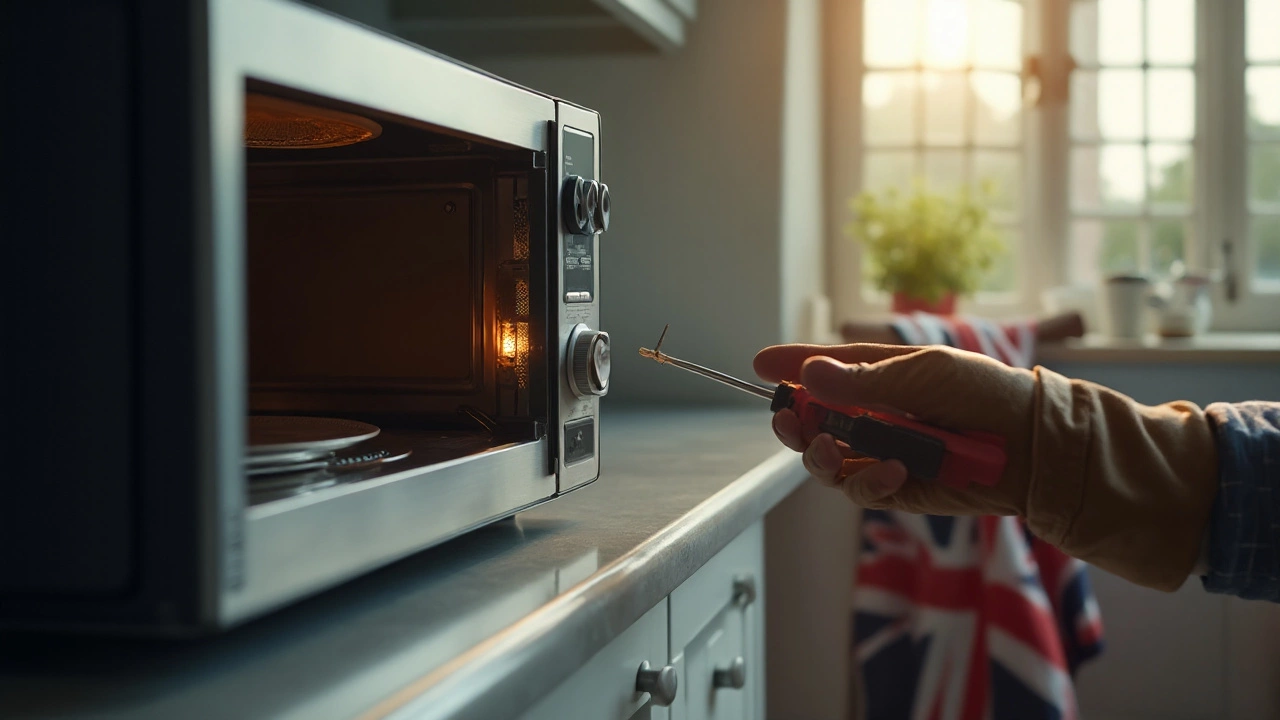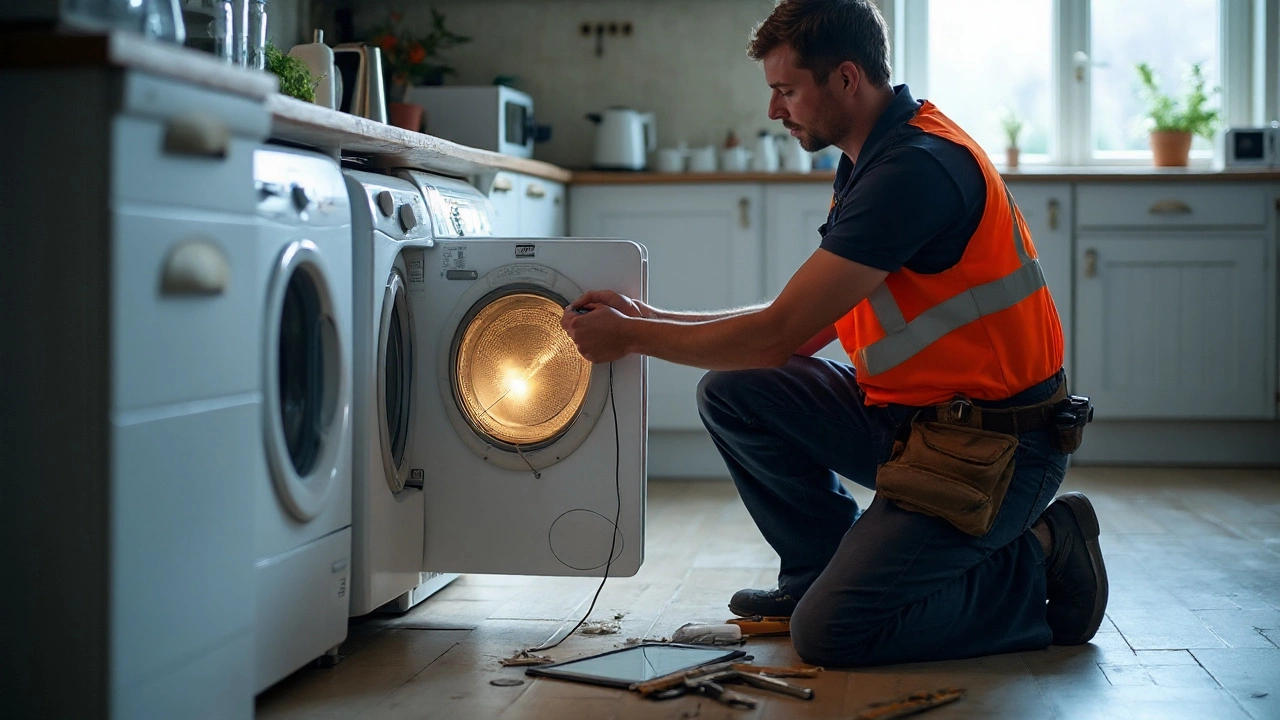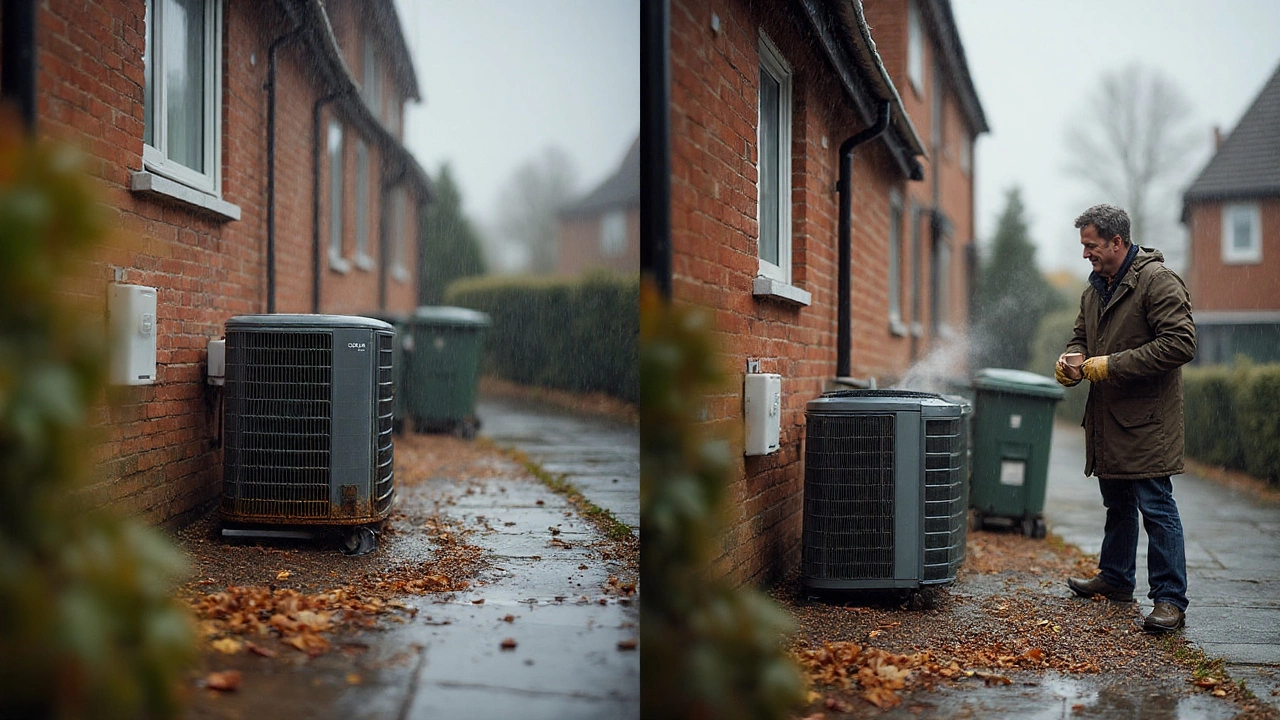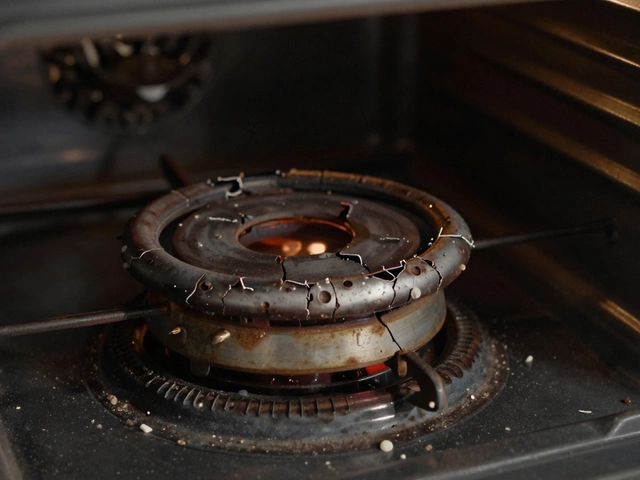If you own a home in Bognor Regis, you probably know how annoying a broken appliance can be. This month we pulled together four practical guides that cut through the jargon and give you clear numbers, step‑by‑step tips, and honest advice on when to call a pro.
Gas oven igniter repair cost – Most people think an igniter is a mystery part that costs a fortune. In reality, a new igniter usually runs between £30 and £70, plus labour. If you’re handy, swapping it out takes about an hour and a basic screwdriver set. Just turn off the gas, remove the old igniter, and snap the new one into place. If you’re unsure about the gas line, let a qualified tech handle it – the extra fee saves you from a potential safety issue.
How to tell if your microwave fuse is blown – A blown fuse is the culprit behind a microwave that won’t turn on. First, unplug the unit and locate the fuse compartment (often behind the turntable or on the back panel). Look for a thin glass tube – if the filament inside is broken, it’s blown. Test it with a multimeter on the continuity setting; no beep means replace it. Replacement fuses are cheap, usually under £5, and you’ll need a small screwdriver and a pair of gloves. The whole job takes less than 15 minutes.
Most expensive washing machine part to replace – When a washer starts leaking or won’t spin, the tub or drum assembly (front‑load) and the transmission (top‑load) are the costliest fixes. A drum can set you back £250‑£400, while a transmission might hit £350‑£500, parts plus labour. Before you decide to replace, check the warranty and age of the machine. If it’s older than eight years, the repair cost often outweighs buying a new, energy‑efficient model.
Heat pump lifespan in the UK – Air‑source and ground‑source heat pumps are built to last, but real‑world UK data shows an average lifespan of 12‑15 years for air‑source units and 20‑25 years for ground‑source. Regular maintenance – cleaning filters, checking refrigerant levels, and scheduling a yearly service – can push the life toward the upper end. If a unit starts losing efficiency after a decade, compare the cost of a new pump (around £5,000‑£8,000 installed) with a major repair (often £800‑£1,200). The guide walks you through a simple decision tree to pick the right route.
All four guides aim to give you the numbers you need before you call a technician, plus quick DIY steps for the confident homeowner. Keep them handy, and you’ll spend less time waiting for repairs and more time enjoying a fully working kitchen, laundry, and heating system.

Learn the typical cost of repairing a gas oven igniter, compare DIY vs professional pricing, and discover tips to keep your repair bill low.

Learn fast how to spot a blown microwave fuse, test it safely, and replace it yourself. Step‑by‑step instructions, tools needed, and common pitfalls covered.

Front-load tub/drum assemblies and top-load transmissions are usually the priciest washer repairs. See real costs, how to diagnose, and when to fix or replace.

Real UK lifespan for air vs ground source heat pumps, what shortens or extends life, maintenance steps, and a simple repair-or-replace guide you can actually use.

When your fridge stops cooling, it can be a real worry, especially with all that food at risk. Before you call the repairman, there are a few steps you can try yourself to bring your refrigerator back to life. From checking the thermostat settings to cleaning coils and examining door seals, you might find that a simple DIY fix does wonders. Understanding how these appliances work can also help prevent future hassles. This guide will walk you through the essential tips and tricks to get your fridge cooling again.

Microwave ovens, essential kitchen appliances for many households, can sometimes fail to operate smoothly. This article dives into the intricacies of microwave repair, exploring common issues, troubleshooting methods, and practical repair tips. Designed for both amateur DIY enthusiasts and curious individuals, the guide offers insights into understanding microwave components and determining when professional help is necessary. Learn the skills needed to fix minor problems and tips to maintain the efficiency of your microwave.

If your oven won't heat up, it's usually a simple fix-like a broken element, faulty thermostat, or blown fuse. Learn the most common causes and how to diagnose them yourself before calling a repair technician.

Struggling with a troublesome boiler? Discover the most frequent issues like lack of heat, strange noises, and leaking water. Learn practical tips and tricks on how to diagnose and fix these problems on your own. Recognize when it's time to call a professional and keep your home warm and comfortable.

Wondering if your 20-year-old oven can be repaired? Discover repair tips, replacement part insights, costs, and when it makes sense to swap your old oven for a new one.